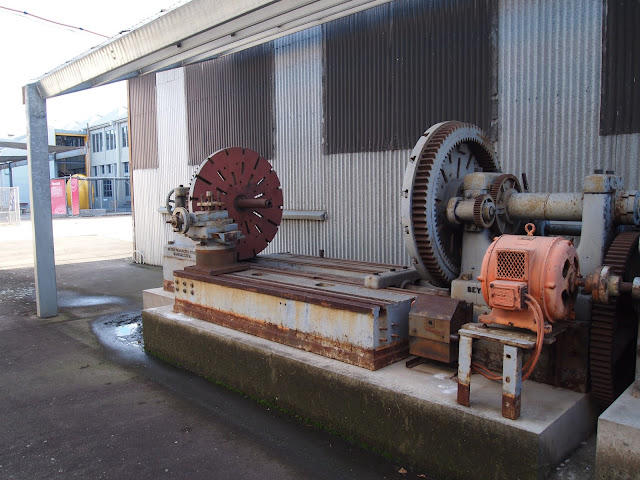In
Model Railroad Hobbyist, for March 2015 Tony Thompson wrote an excellent article highlighting the cars owned by various roads at particular times. Although the data he used later then my prototype era of choice (Tony's data represented 1950) I felt if could still be used as a basis to model my fleet on.
I started with my previous Determination of 50 cars required to run my layout (excluding logging and passenger equipment) and started to break this down. There are various schools of thought or rules of thumb when determining the number of home road and foreign cars on a layout. I decided to start with a 40-60 split and figured that the logging fleet would probably balance it out closer to 50-50.
With a 40-60 Split I would need 20 home road cars (I will address this in a separate post) and 30 foreign road cars. Based on the article of Tony's you could break this 30 down into particular roads using the fleet size that each particular road had at the time being. There is a graph on his blog here that represents this
Modeling the SP. The result of this would result in the fleet being slewed towards PRR and NYC.
I felt that the location of the Yacolt branch would see more traffic from roads in direct interchange such as SP, SP&S, GN, ATSF so I adjusted my car fleet to represent more of these but also kept in mind the high number of cars owned by PRR
The Main Roads
SP Southern Pacific - 5 cars
ATSF Atchison, Topeka and Santa Fe - 4 cars
SP&S Spokane, Portland and Seattle Railway - 3 cars
GN Great Nortehrn - 2 cars
PRR Pennsylvania Railroad - 3 cars
NYC New York Central - 2 cars
PFE - Pacific Fruit Express - 2 car
Total 21 cars Leaving room for 9 from smaller roads that I would like to represent but not limited to,
B&O, MP, CNW, B&O, SR, UP, CP, SOO, NKP
This brings the number of non home road cars up to 30. The next challenge is breaking it down to percentage of car types required across the layout but it is likely the majority will be XM class.







































